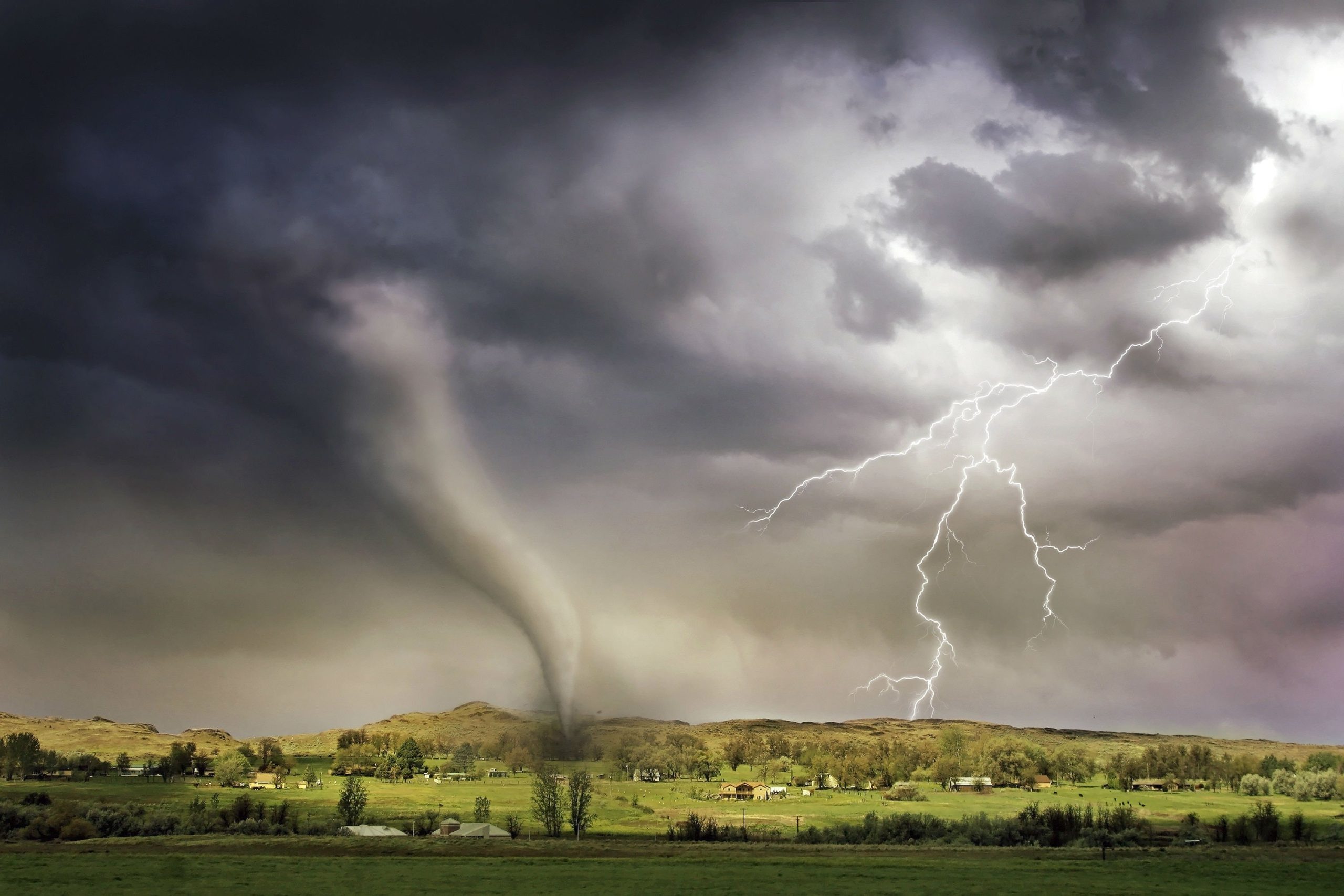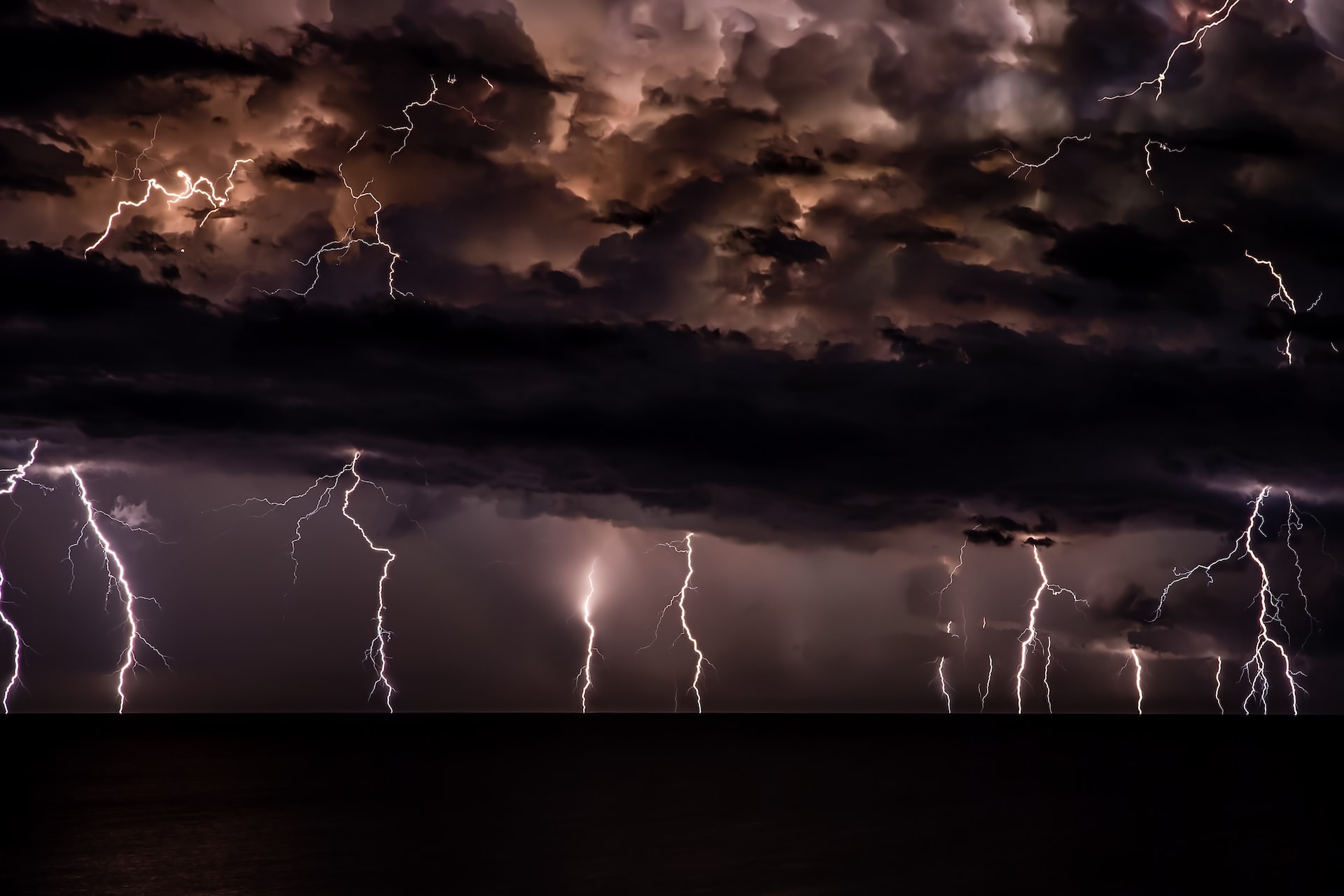Every year, every country experiences the substantial influence of natural disasters on its social and economic growth. Extreme weather, such as snow storms around Christmas, and climate cannot be avoided, but timely and precise warnings can greatly reduce their frequently disastrous effects on entire civilizations. Hazardous weather and climate events turn into natural disasters when they disrupt daily life, result in fatalities, extensive property damage and/or loss, infrastructure damage, and/or environmental damage, and do so to a degree that exceeds the community’s normal capacity to eradicate them on its own without assistance.
Since risk is a combination of threat and community vulnerability, knowledge of potentially dangerous threats is first and foremost required. According to the rules set forth by the World Meteorological Organization, specific organizations are in charge of measurements, observations, and the gathering, and processing of meteorological and hydrological data, as well as data on air quality. These data are utilized for forecasting and alerts of potential extreme weather events, as well as for the research of weather, climate, and hydrological variables. Continuous monitoring of the atmosphere’s condition through the use of radiosonde height measurements, radar measurements, satellite measurements, and ground meteorological stations allows for the quick identification of hazardous meteorological occurrences and the issuance of warnings. 
What is Public Storm Warning Signal?
People are alerted to an impending storm with a Public Storm Warning Signal (PSWS). It accomplishes this by indicating the wind’s power, duration, and velocity. The National Weather Service frequently issues these alerts. They are released at least 36 hours in advance of the storm’s predicted arrival. This timeframe is determined by a variety of variables and variations in the weather pattern. It is frequently utilized as a manual for storm preparation. In addition, you need to keep up with the news.
The size and power of the tropical cyclone, as well as its direction and speed, all affect the lead time for a public storm warning signal. A primary stage PSWS is released approximately a day and a half before the storm’s anticipated arrival. The secondary stage PSWS is released approximately 18 to 24 hours before the primary stage PSWS.
Other Key Factors of PSWS
Planning human activities for the economy and daily living is made possible by an accurate and timely weather forecast. It is crucial for safeguarding people and property against severe weather conditions as well as minimizing the effects of unfavorable weather.
Keep in mind that you must get your house ready for a storm when you hear a public storm warning signal. Don’t risk being trapped for days or weeks; make sure your home is secured against water or any other extreme conditions. In order to stay connected, stock up on water and other emergency supplies, and use your other electronics. Make sure that your gadgets are charged in case of power outrage. In order to prevent damage, you should park your automobile in a secure carport so that nothing heavy can drop on it because of the strong wind. Close every window and door you can, including the garage door. It is also important that A/C units and fans are turned off.
Conclusion
To be able to alert the public to potential danger with a prompt notification, it is crucial to be aware of the risk of various extreme weather phenomena (local storms, heavy rain, stormy wind, drought, flood, etc.). It is crucial to take Public Storm Warning Signal #1 seriously and do everything the authorities advise you to do.
